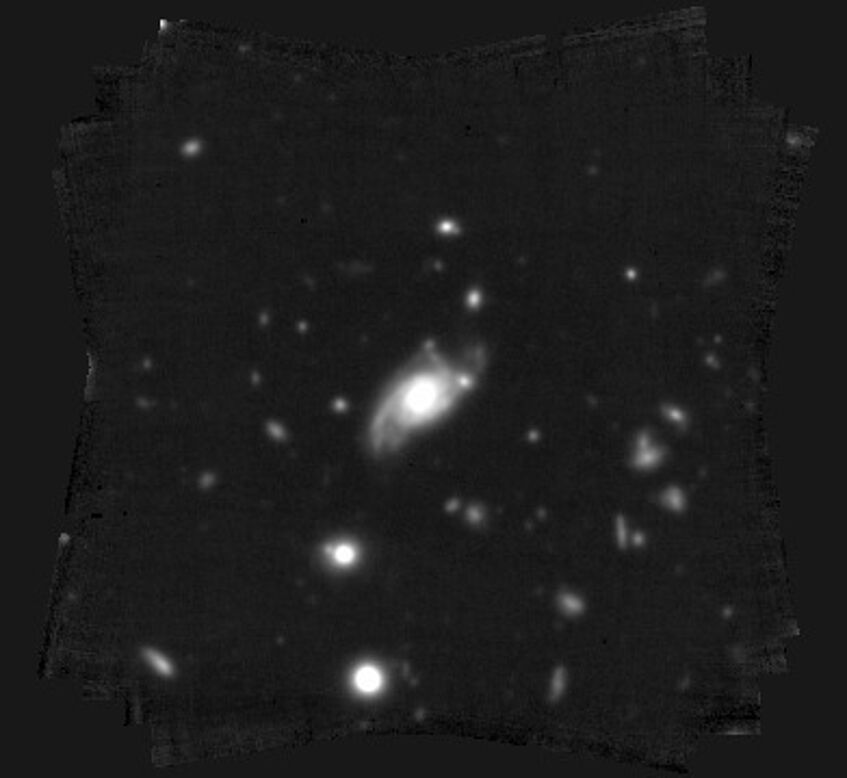MAGPI
Middle Ages Galaxy Properties with Integral Field Spectroscopy Survey
At lookback times of roughly 4Gyr ago, correlating to redshifts of z~0.3, galaxies and their satellites undergo significant dynamical, morphological, and chemical changes, resulting in many different evolutionary pathways that the satellite and central galaxy can take. MAGPI's focus lies on dissecting these evolutionary pathways disky/irregular systems take at higher redshifts that transform them into the rich morphological mix of galaxies today. Taken with the MUSE instrument of the VLT, observations of both the stellar and gaseous content for a range of environments are done. MAGPI's sample covers 60 massive central galaxies selected from the GAMA survey which are a mix of star-forming and passive galaxies and their 118 satellite galaxies. With these observations, the MAGPI team is planning to investigate a) the environmental impact on redistributing angular momentum, b) the role of gas accretion and merging, c) energy sources and feedback activities, and d) the metal mixing history of galaxies.
Within our group, our Master student Maria Koller, under the supervision of Prof. Bodo Ziegler and PhD-student Bianca Ciocan, is currently working on studying the fundamental metallicity relation (FMR) of MAGPI's central galaxies in a spatially-resolved way. The use of MAGPI data has also granted all three of them team-membership status within the survey.
Read more on MAGPI

